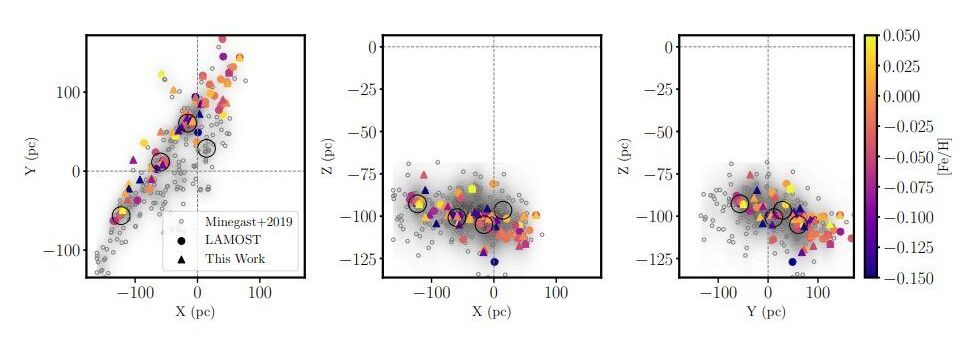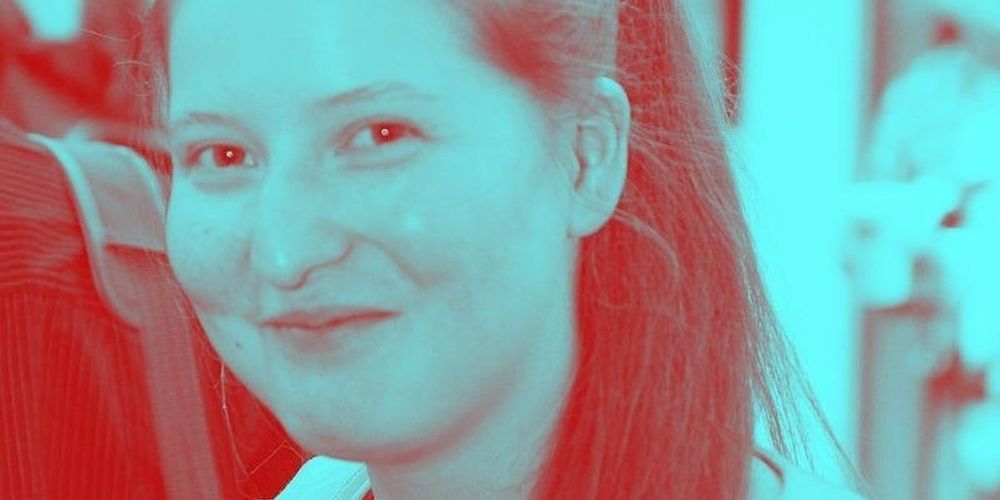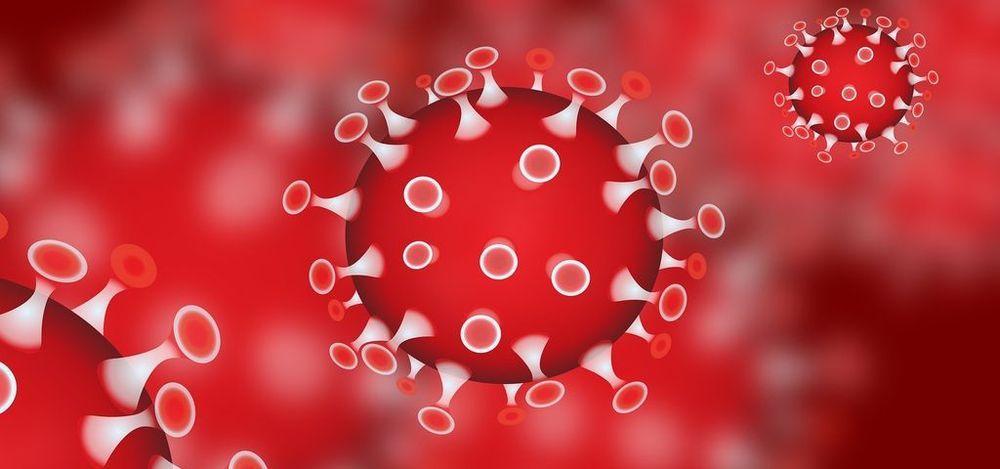In a multiyear effort involving three national laboratories from across the United States, researchers have successfully built and tested a powerful new magnet based on an advanced superconducting material. The eight-ton device—about as long as a semi-truck trailer—set a record for the highest field strength ever recorded for an accelerator focusing magnet and raises the standard for magnets operating in high-energy particle colliders.
The Department of Energy’s Fermilab, Brookhaven National Laboratory and Lawrence Berkeley National Laboratory designed, built and tested the new magnet, one of 16 they will provide for operation in the High-Luminosity Large Hadron Collider at CERN laboratory in Europe. The 16 magnets, along with another eight produced by CERN, serve as “optics” for charged particles: They will focus beams of protons into a tiny, infinitesimal spot as they approach collision inside two different particle detectors.
The ingredient that sets these U.S.-produced magnets apart is niobium-tin—a superconducting material that produces strong magnetic fields. These will be the first niobium-tin quadrupole magnets ever to operate in a particle accelerator.





